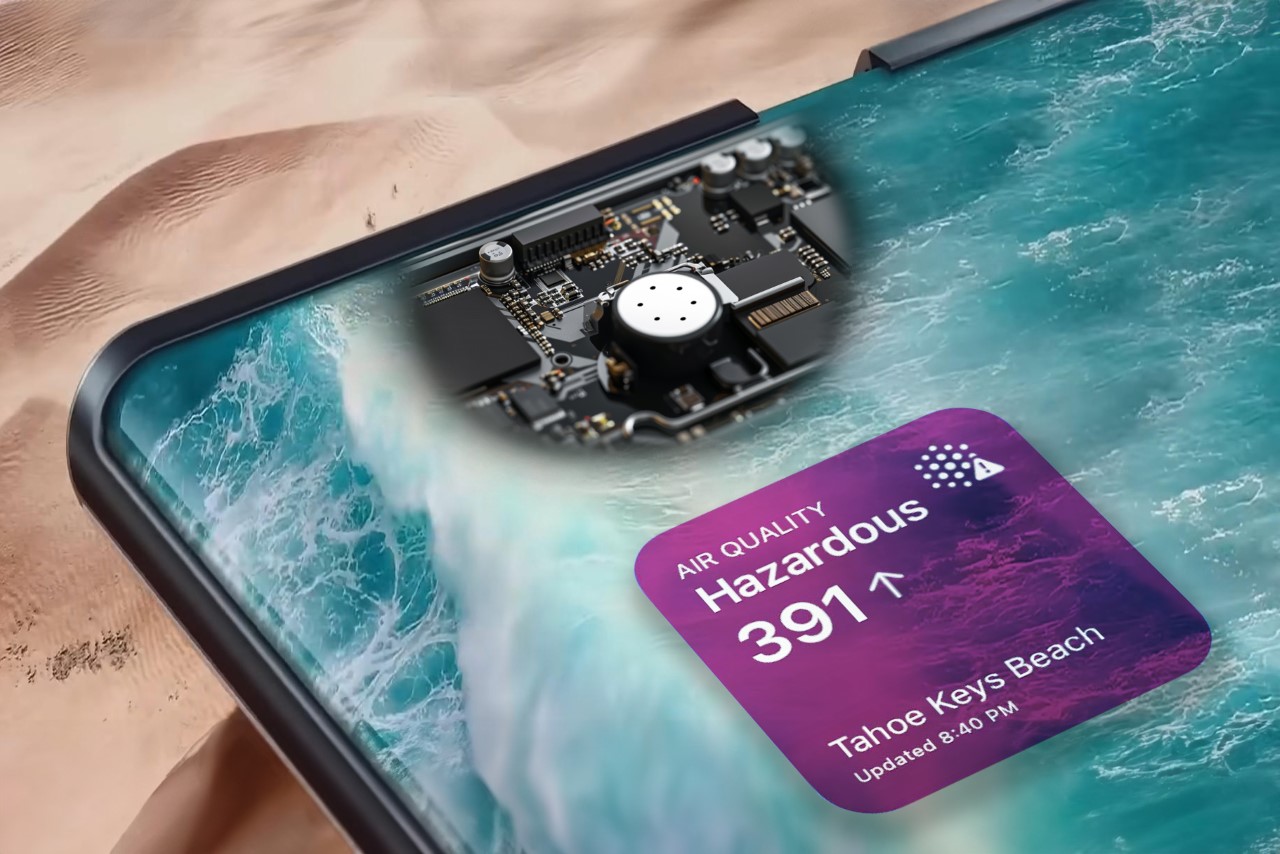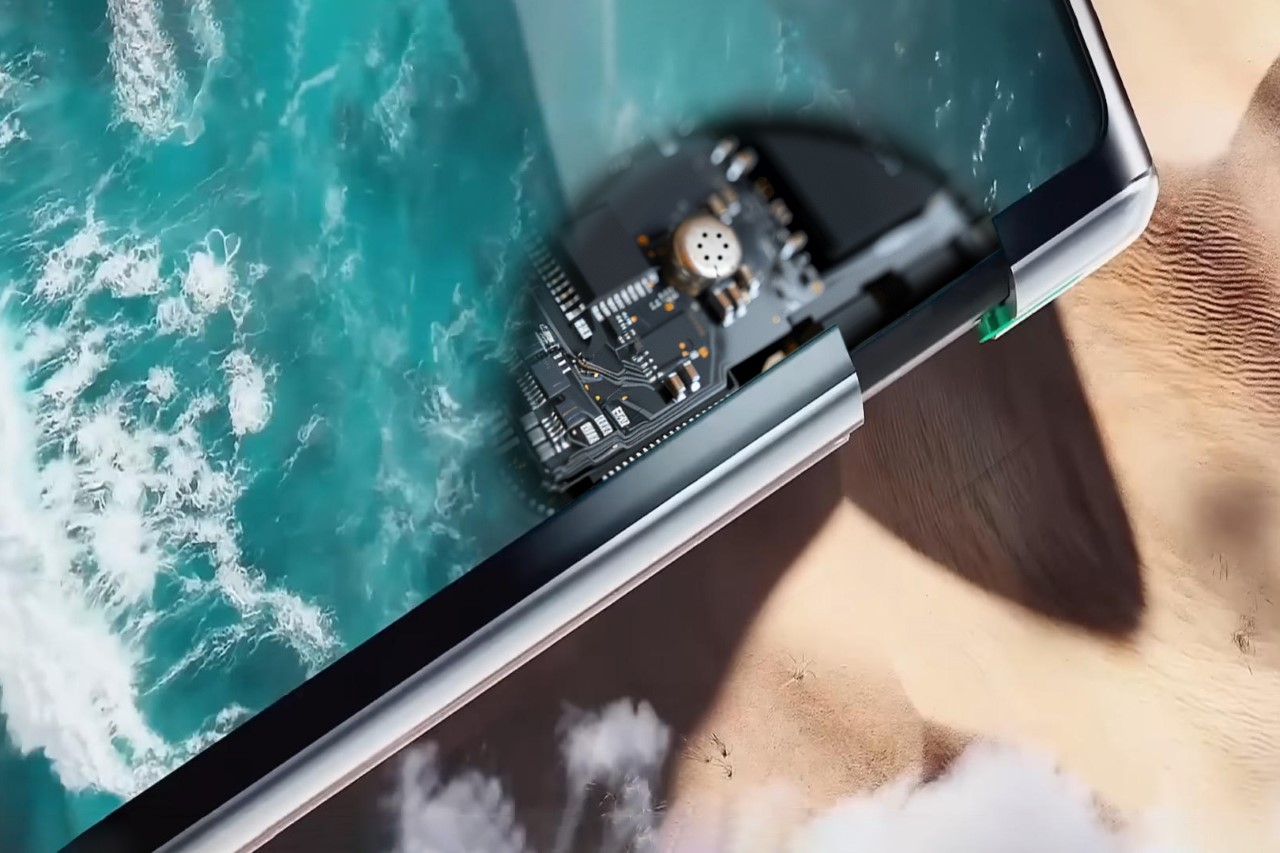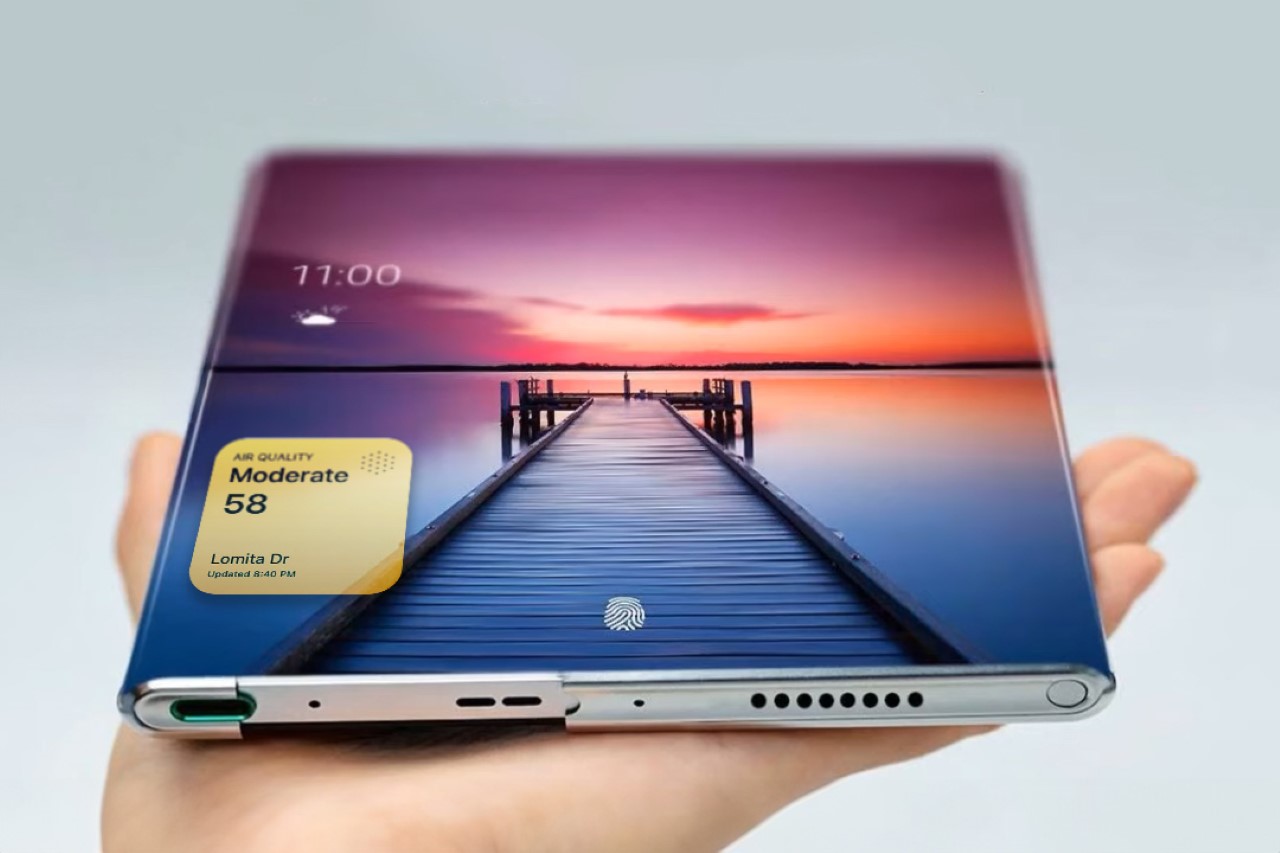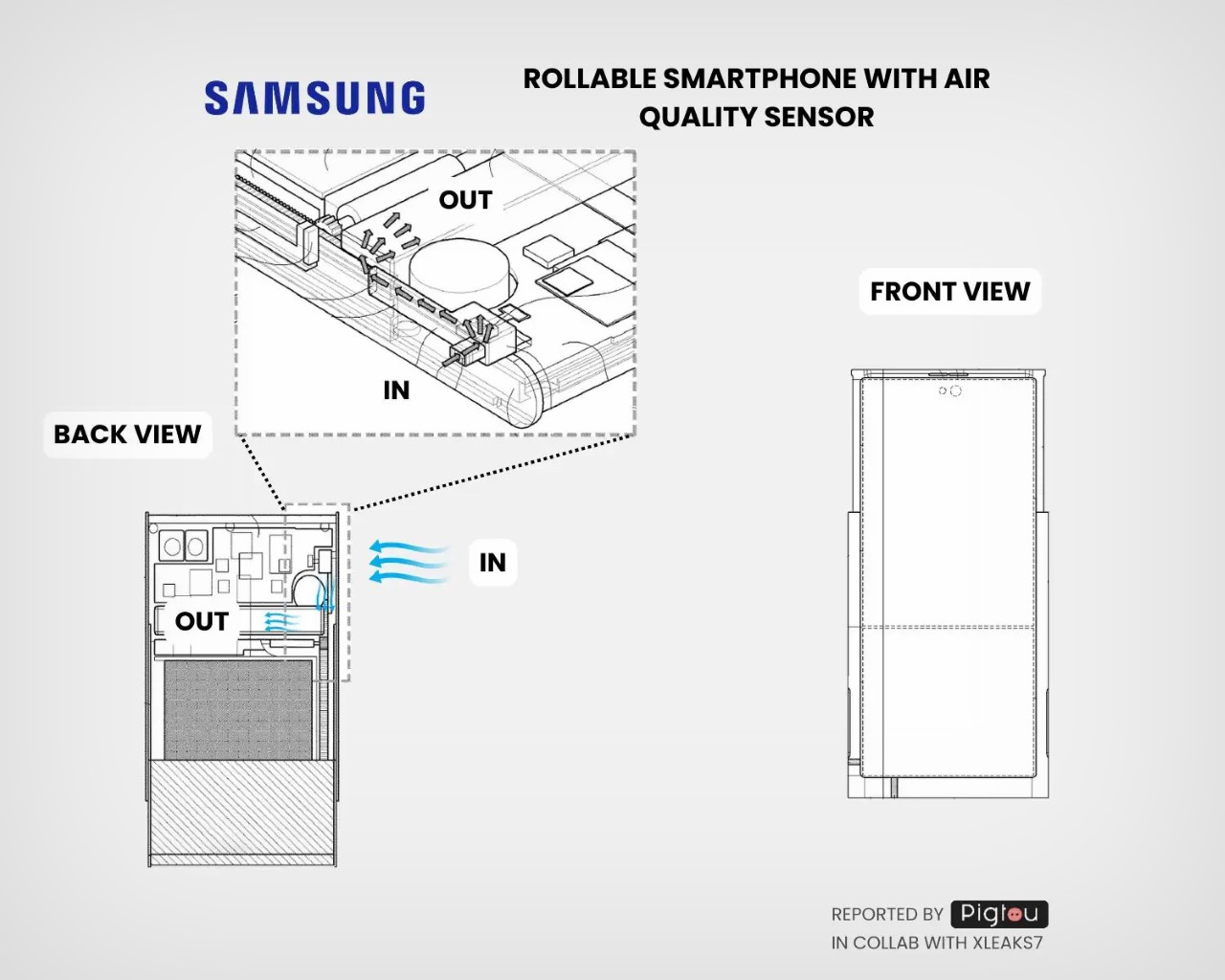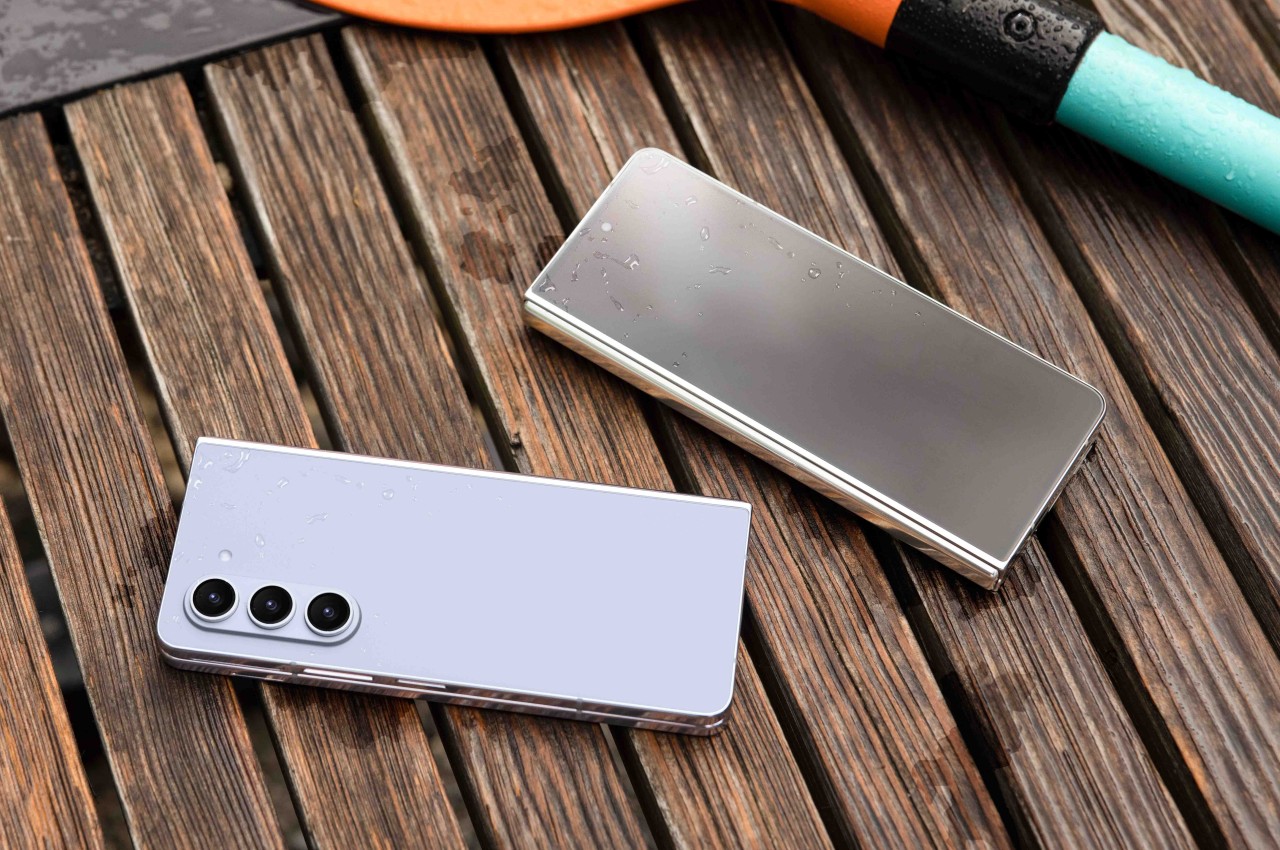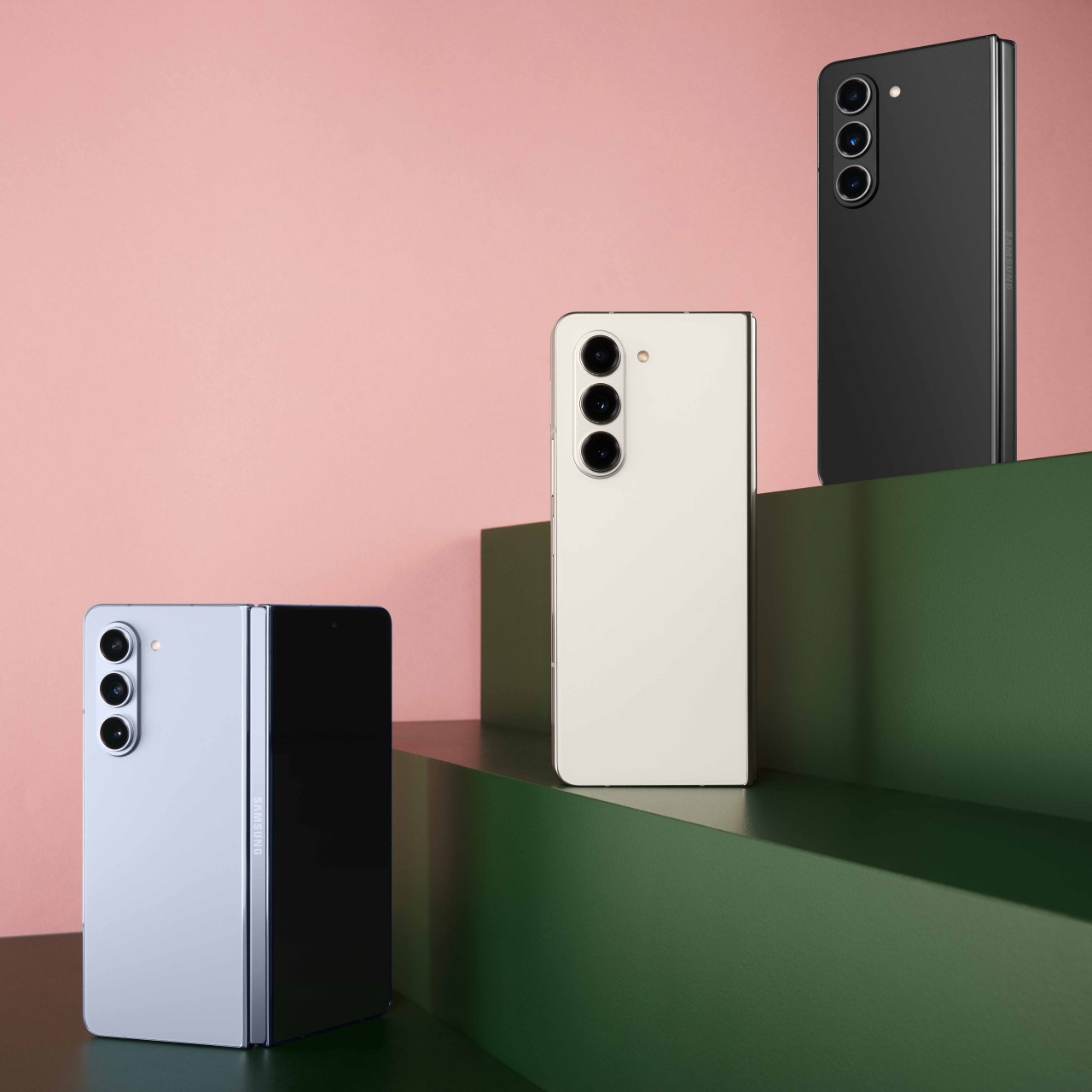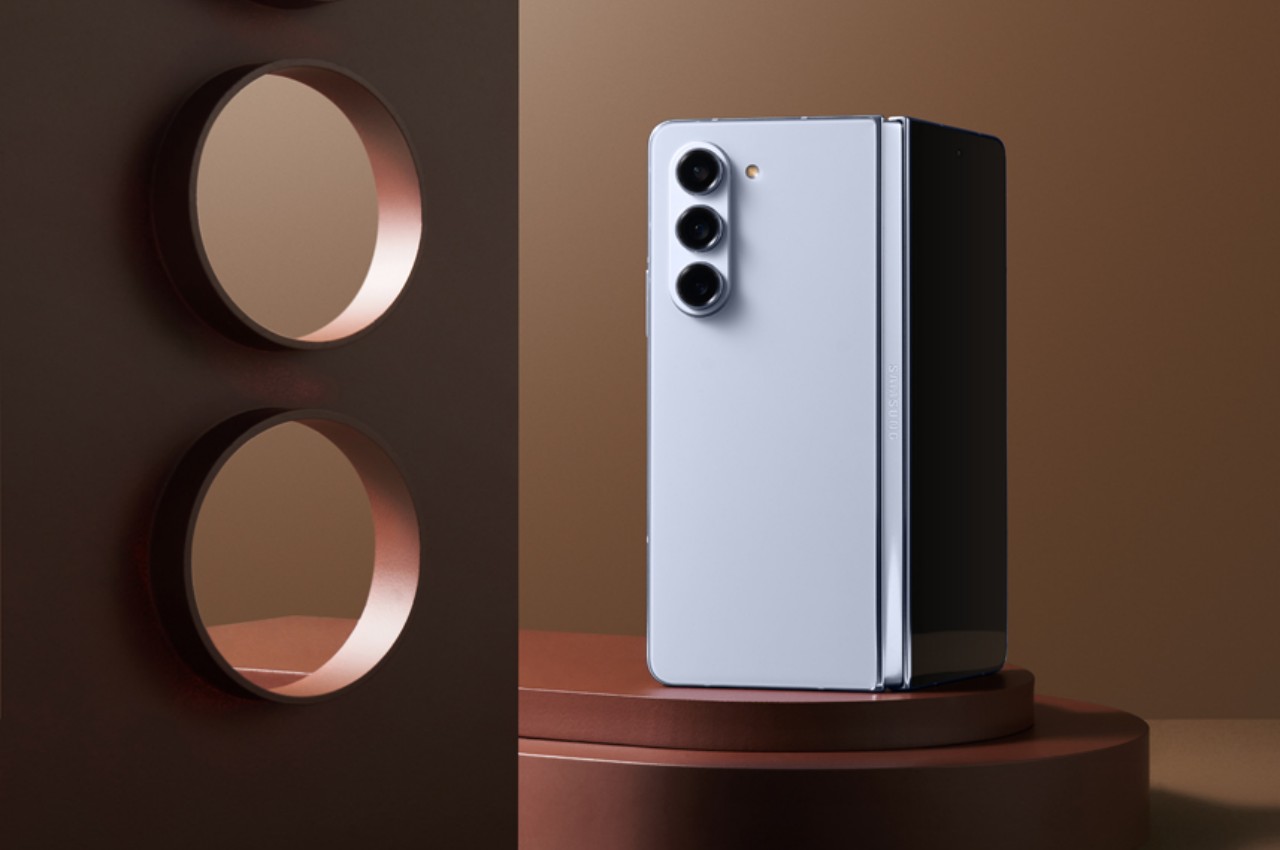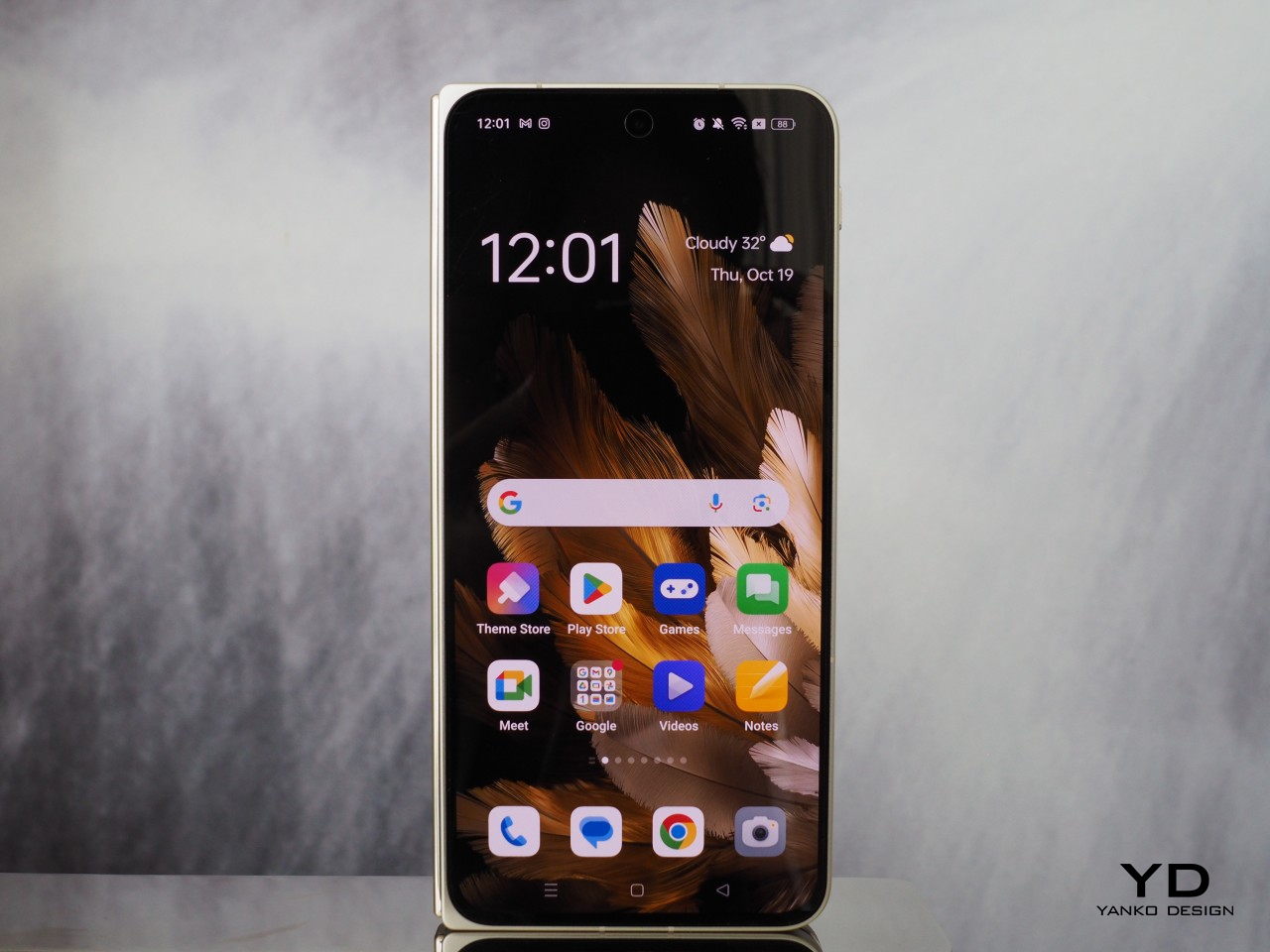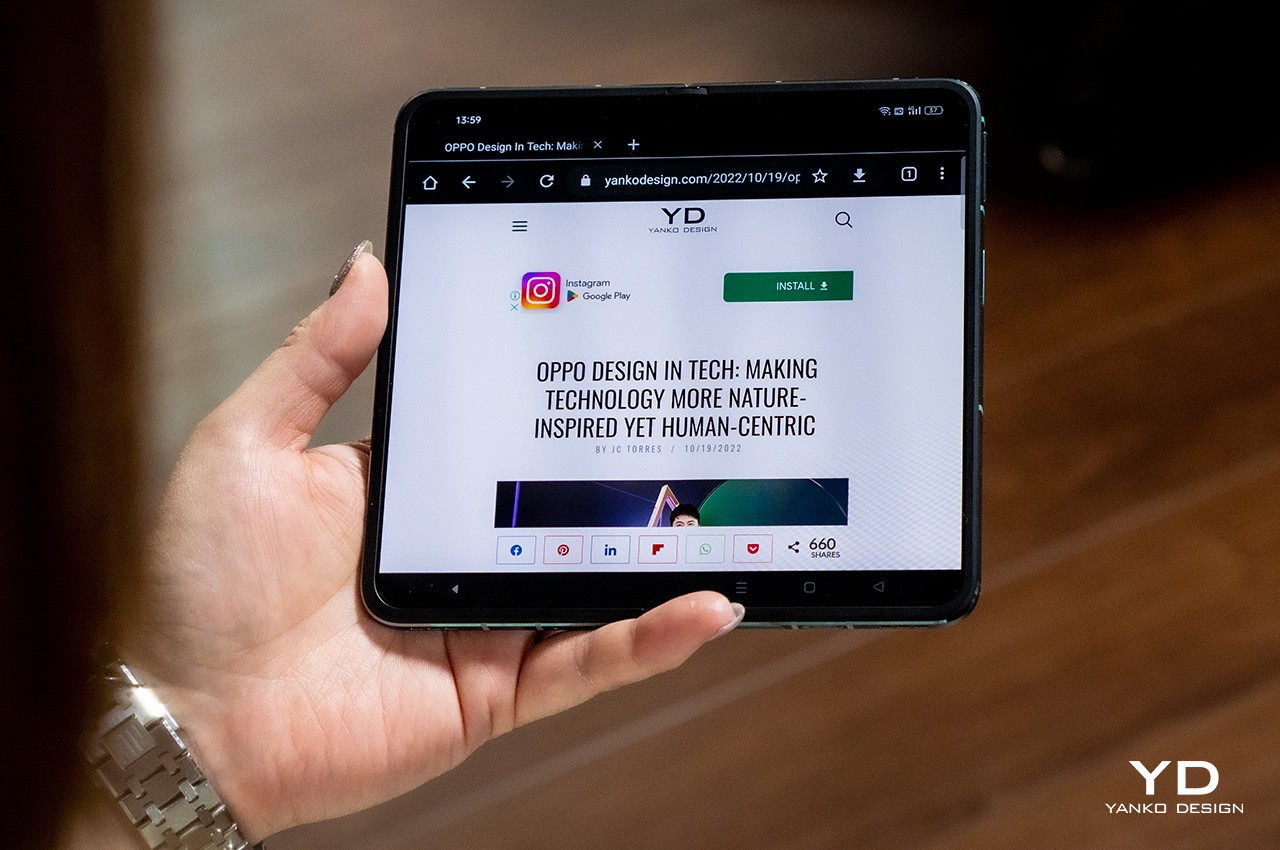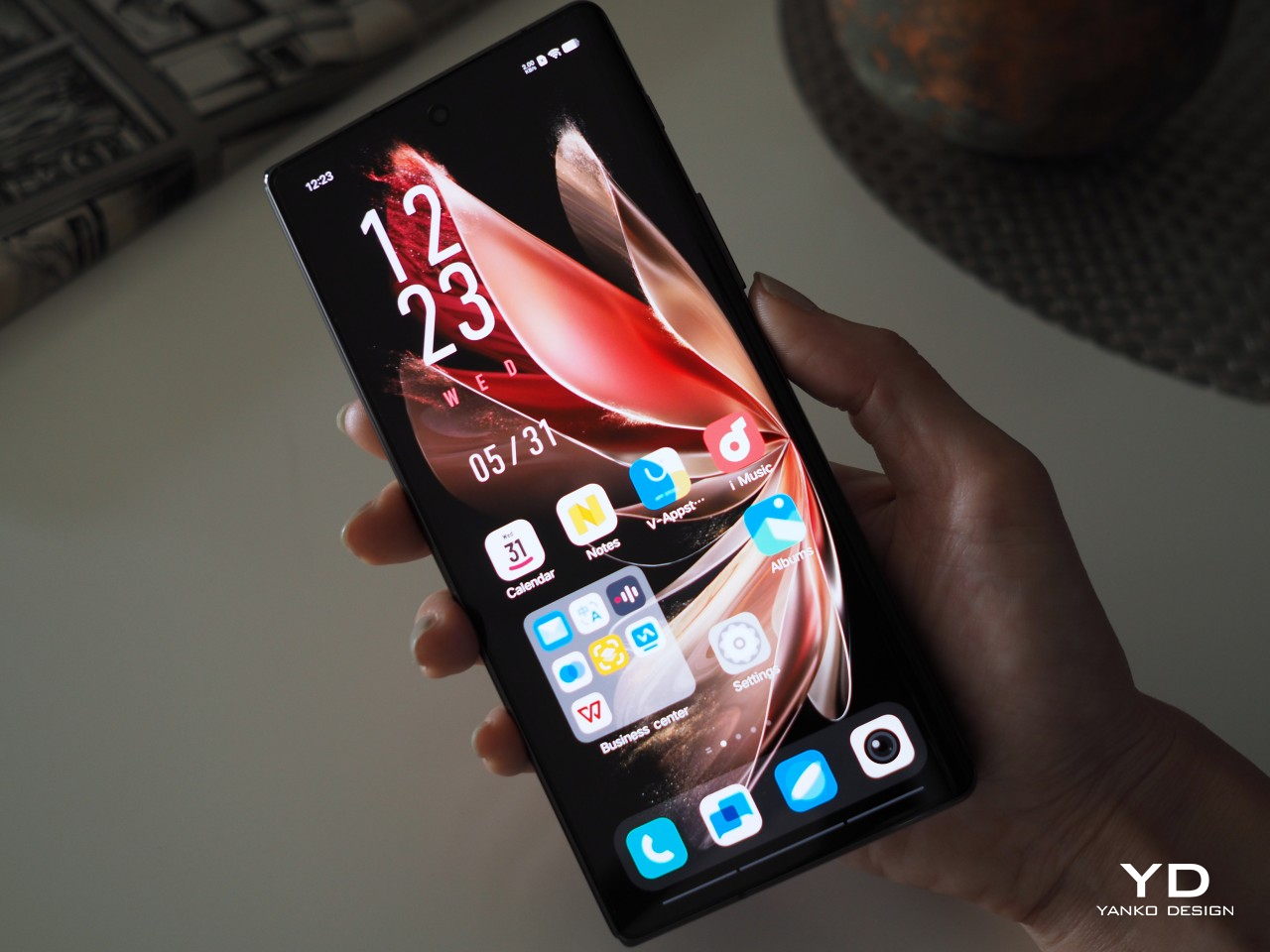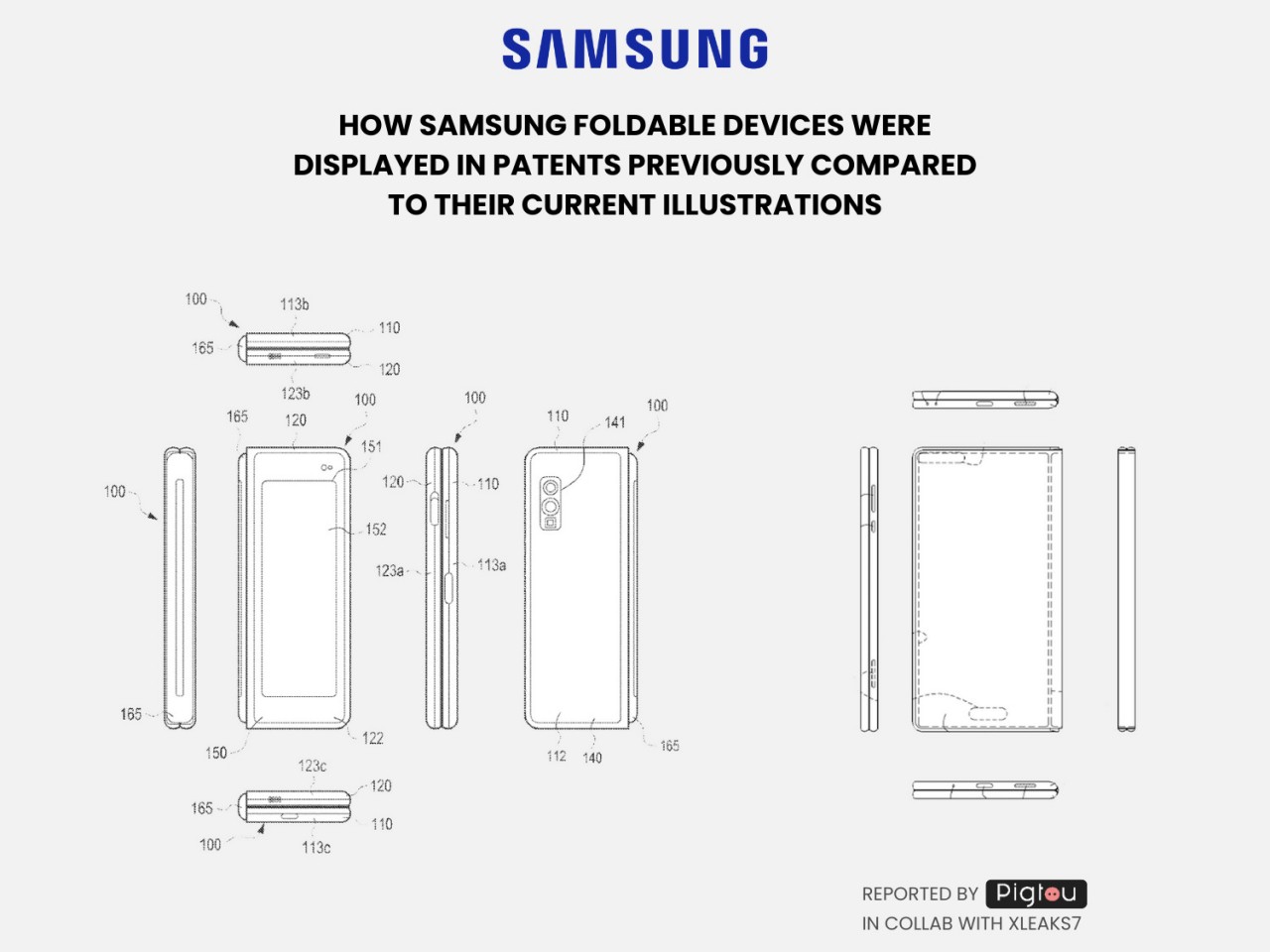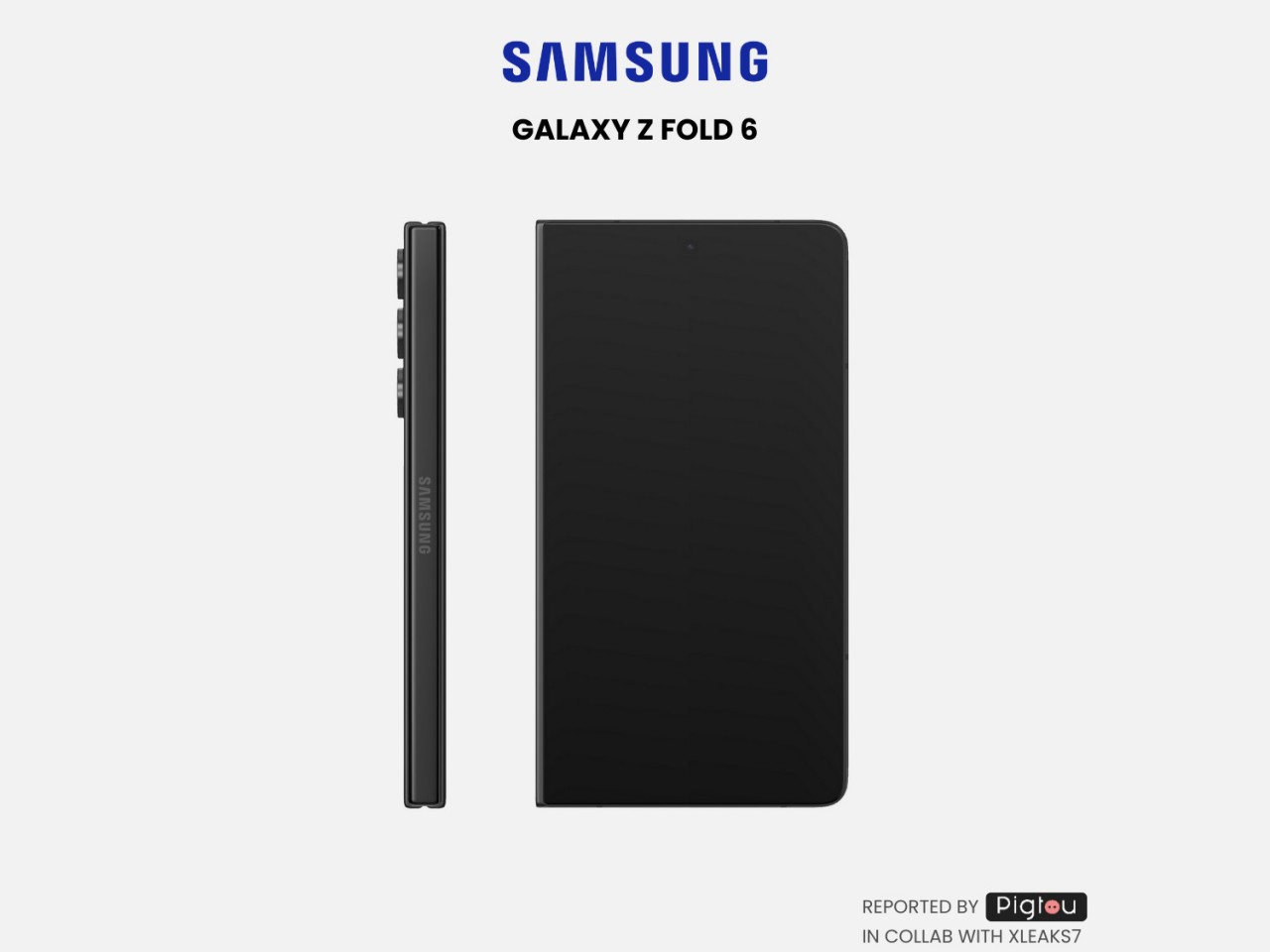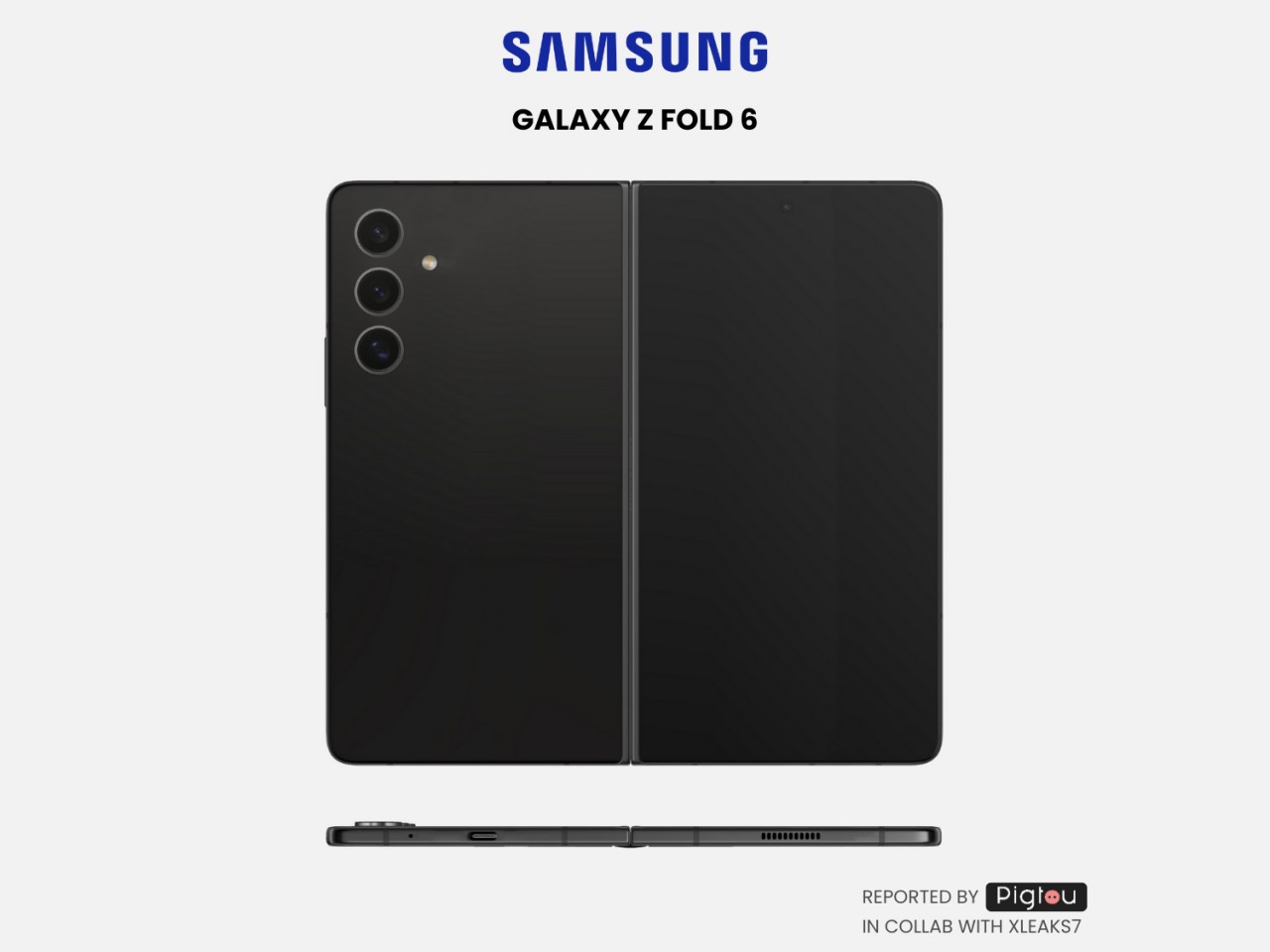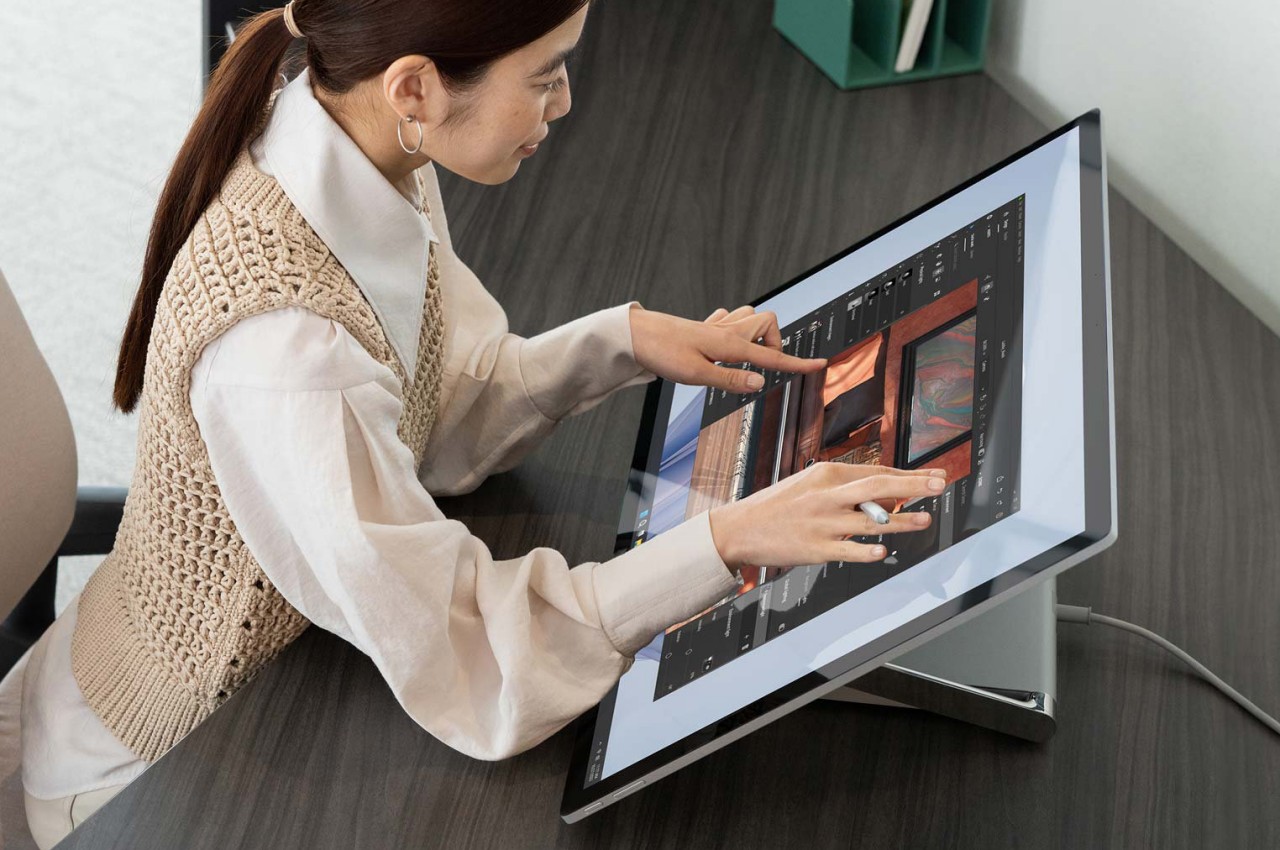
Apple products have always been hailed by designers, and its computers have long been the tool of choice for many digital content creators, especially graphic artists. None of those computers, however, have ever sported a touchscreen, even one that supports the Apple Pencil, an irony that isn’t lost on many digital artists. This means they have to settle for external drawing tools or, for some more daring users, mods that combine MacBook internal with a drawing tablet. A Mac that can instantly be used as a digital canvas is definitely going to be an artist’s dream, and based on a patent that Apple has filed, that dream could still become a reality, and it already has the perfect design for that.
Designer: Apple

Apple M3 iMac
Apple might have plenty of reasons not to put touch screens on iMacs and MacBooks, but those reasons are starting to drop one by one. It might not want to muddle the lines that separate its Macs and iPads, for example, but you can already run touch-based iOS apps on Macs for years now. And it’s not like it’s lacking the technology to make it all possible, as proven by the highly successful iPad Pro and Apple Pencil.
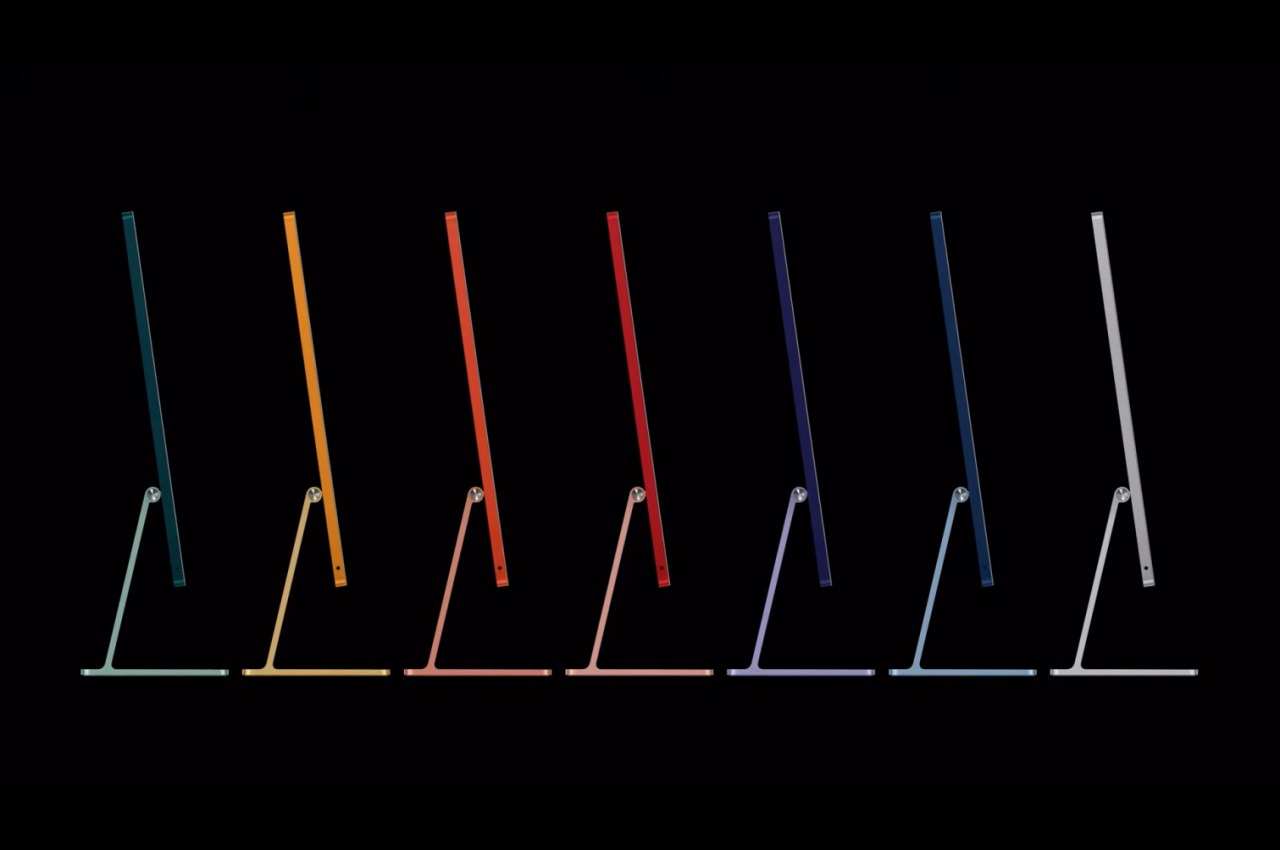

A patent unearthed by Patently Apple reveals that the company has indeed, been toying around with that idea, though it’s not exactly surprising given how many ideas tech companies patent all the time. Admittedly, the patent’s focus is less on the touch screen itself but more on the stand and hinge mechanism that would let you tilt and even pull the whole iMac down to the desk’s surface, making it more comfortable for artists to draw on. It’s an instant display tablet without having to buy an expensive Wacom or switch to a different technology from the one you might already be familiar with.
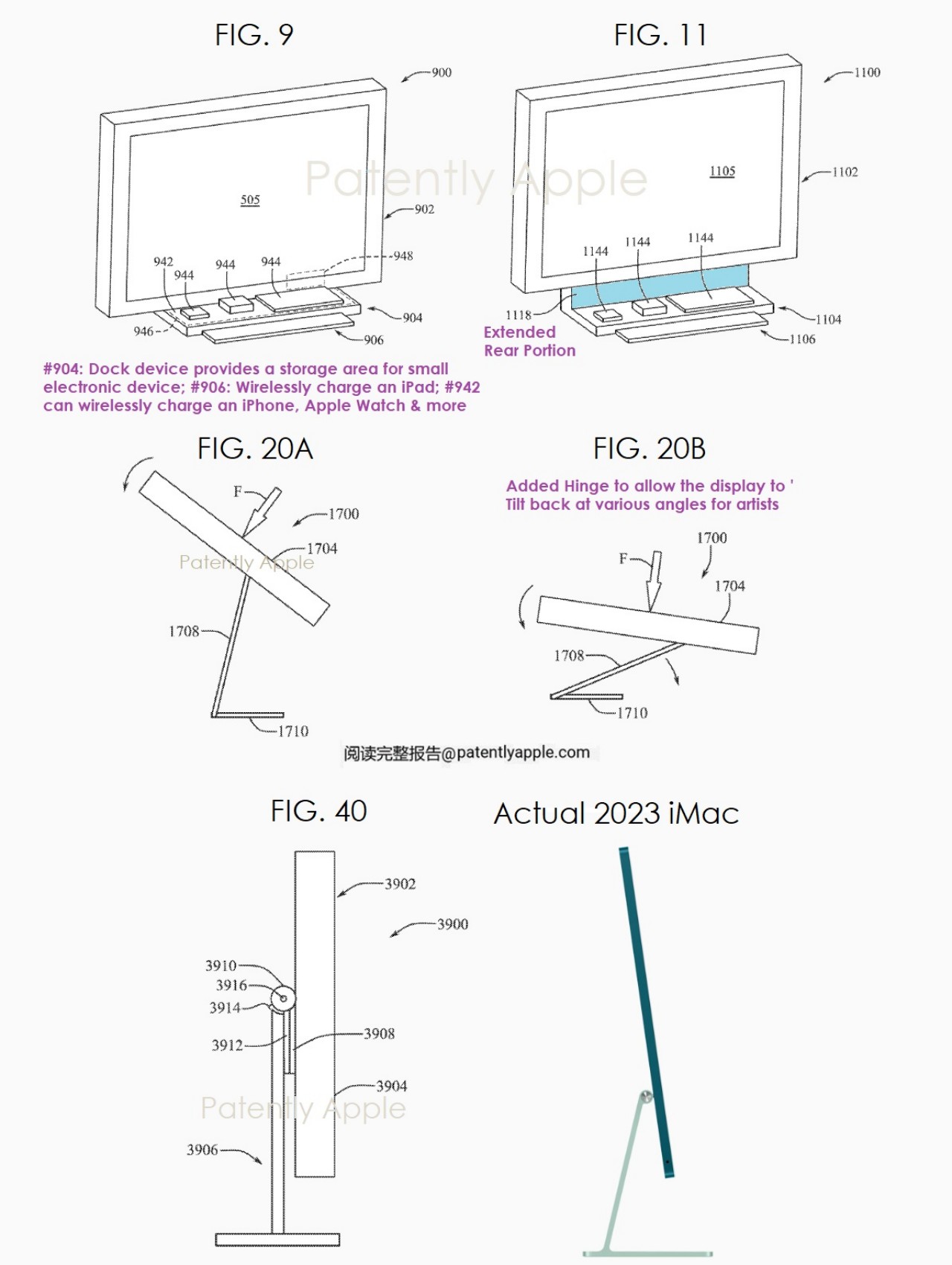
As weird as that idea might sound, it has actually already been done before and with surprising success. The Microsoft Surface Studio pictured at the top is one of the company’s unexpected hardware champions, quickly endearing itself to content creators. It is almost exactly what Apple’s patent describes, an all-in-one computer with a stand and hinge that lets you tilt and turn it whichever way you need to, and it comes with a touch screen, too!
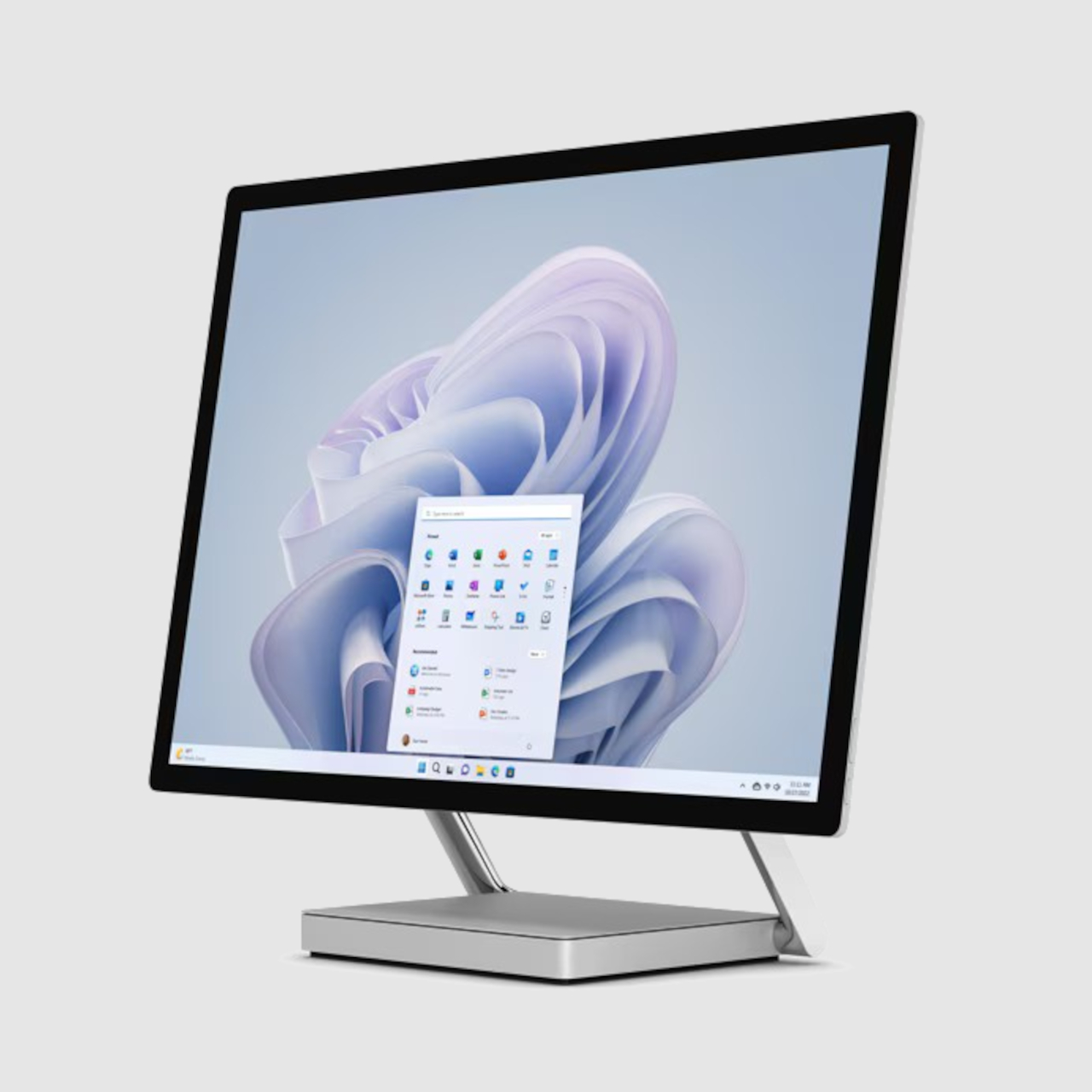
Microsoft Surface Studio
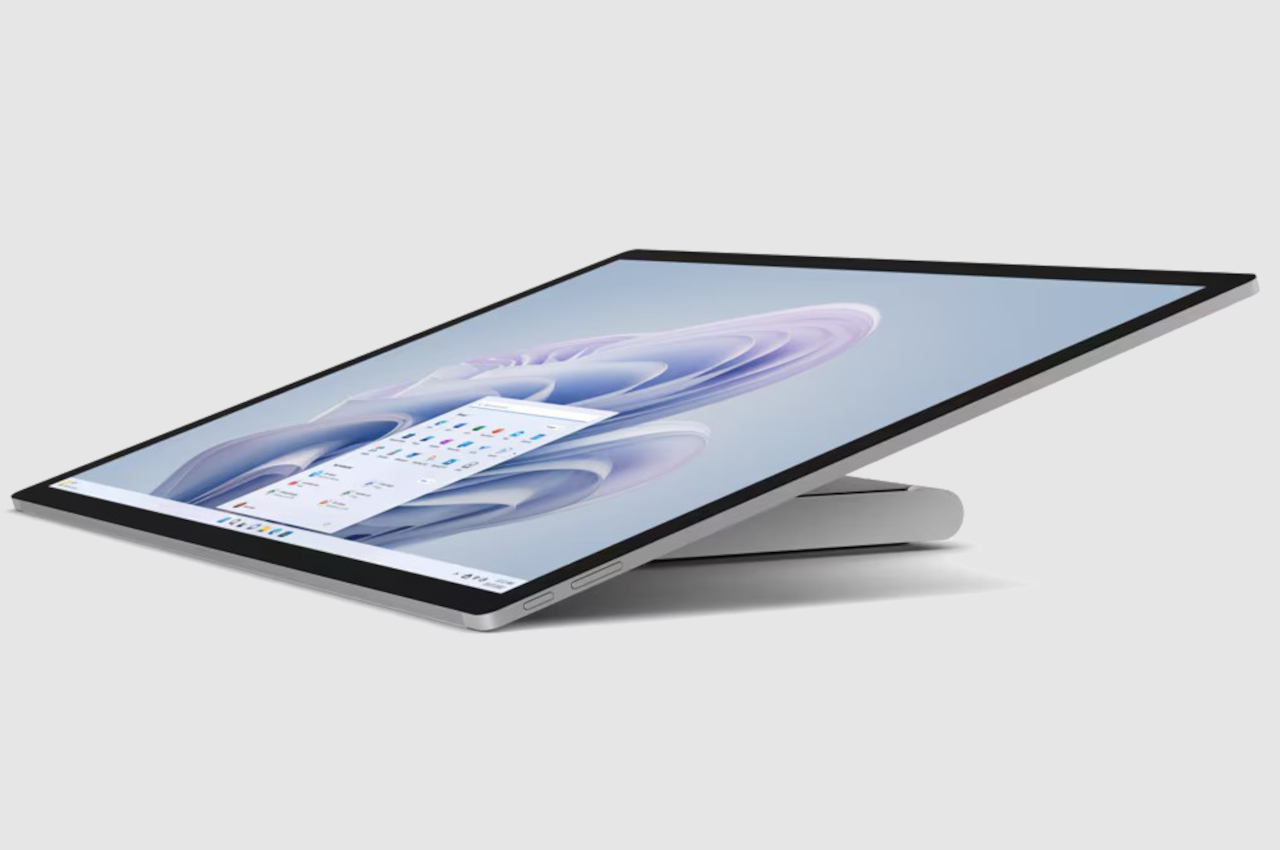
It’s not hard to imagine how such a feature could be a game changer for artists on Macs, making their workflows more seamless. Of course, it’s far too premature to get excited over this patent, because tech companies also have a tendency not to implement even a fraction of the patents they hold. And given Microsoft already has an implementation of this design, it might still come down to a legal battle if Apple does decide to push through with a touchscreen iMac since it filed the patent years before the Surface Studio came out.
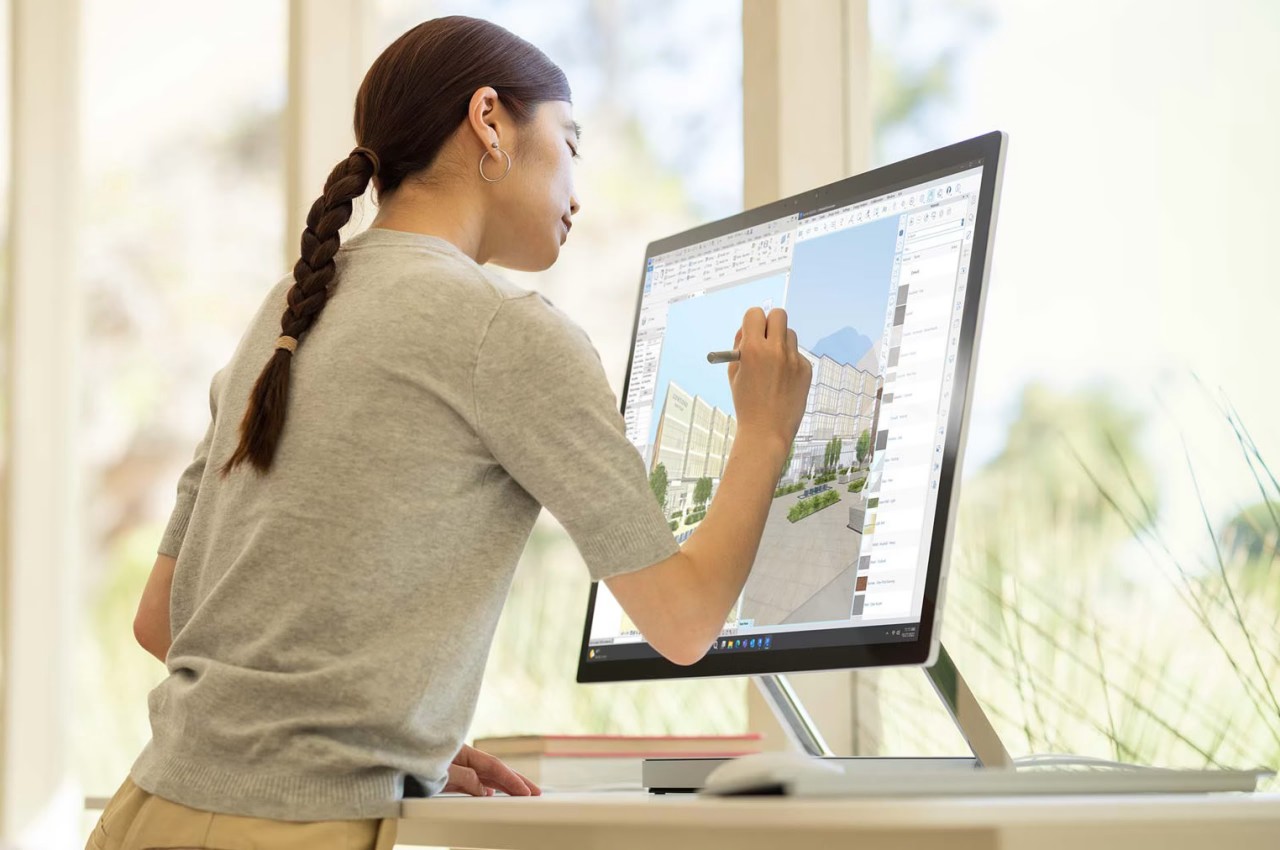
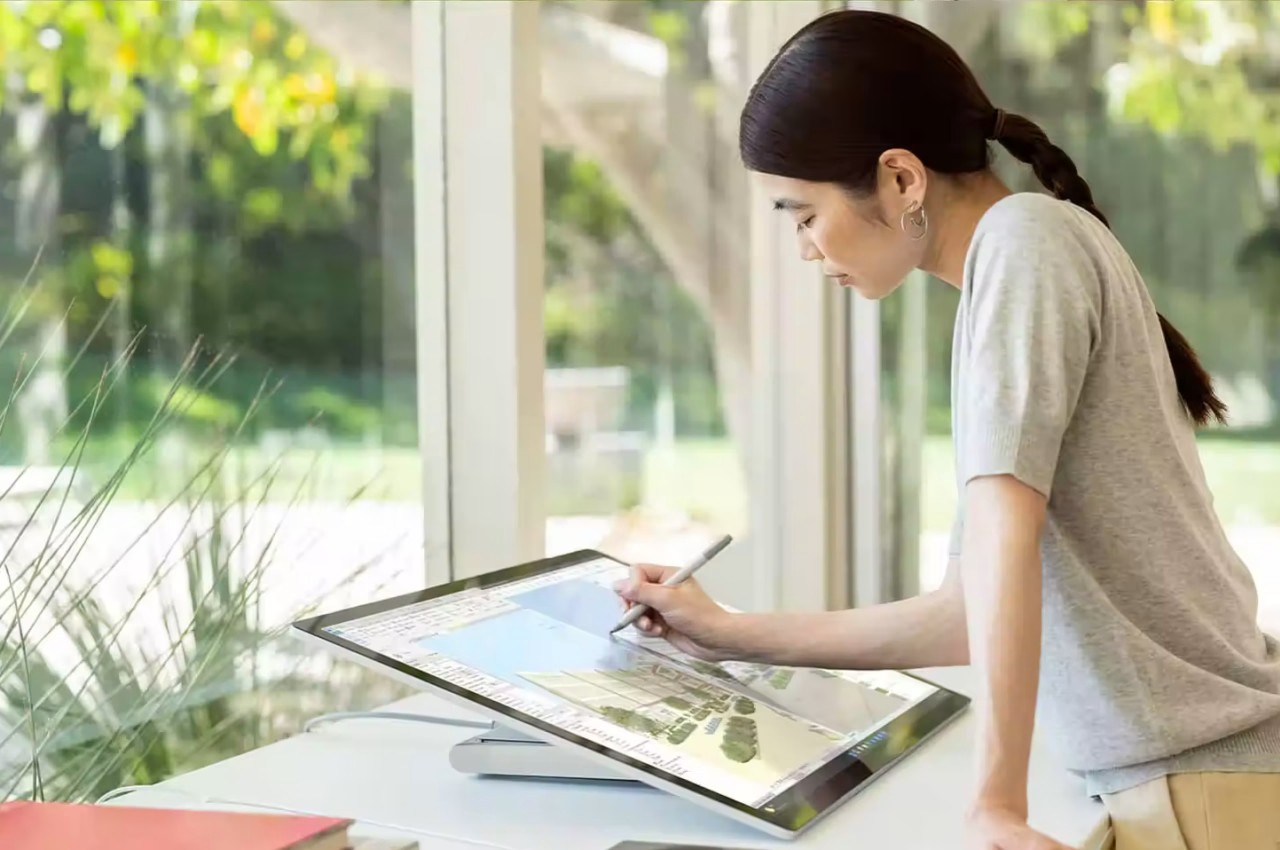
The post Touchscreen iMac like the Microsoft Surface Studio hinted by Apple patent first appeared on Yanko Design.
